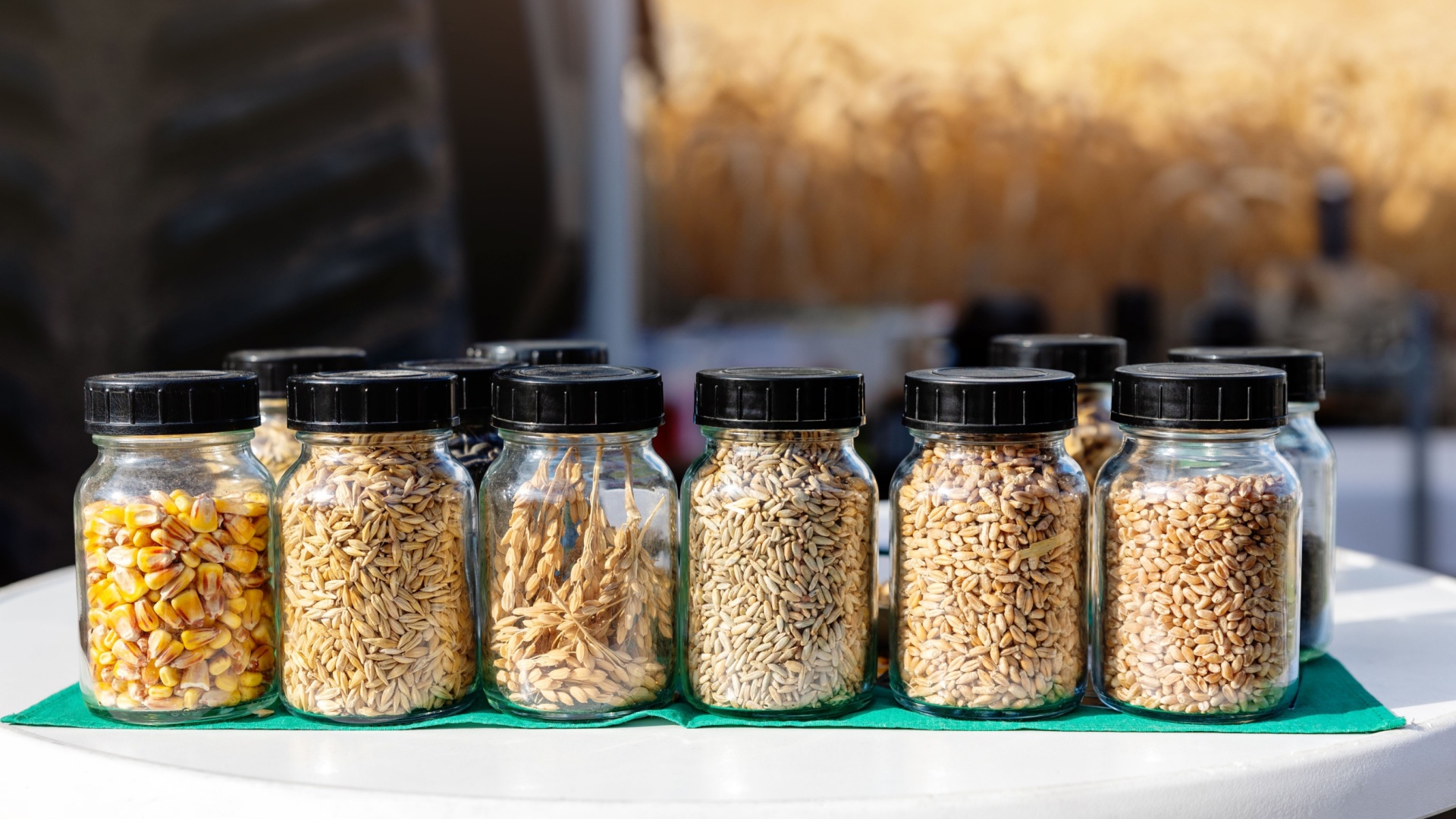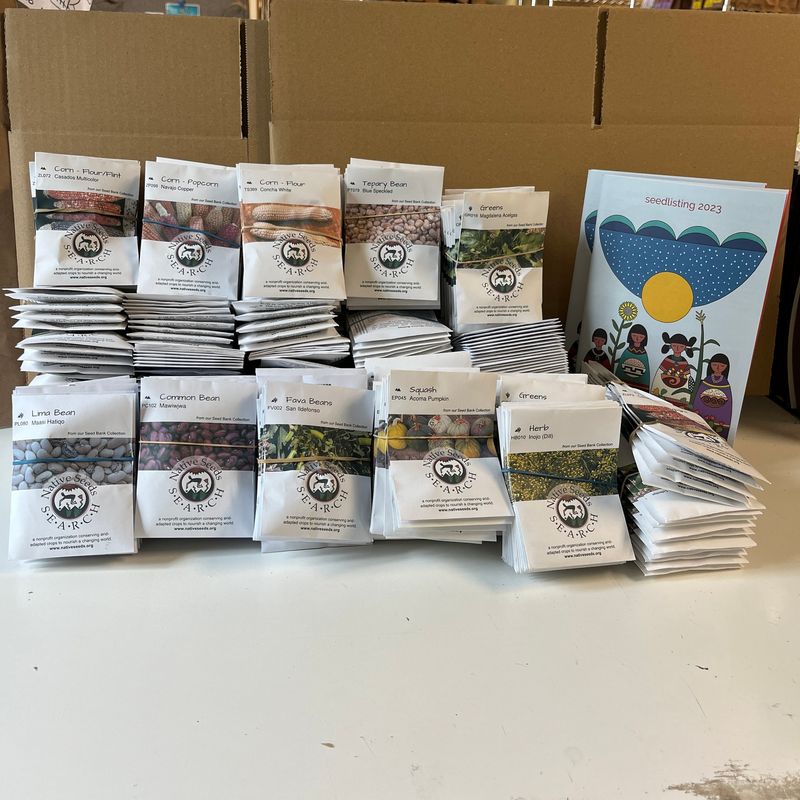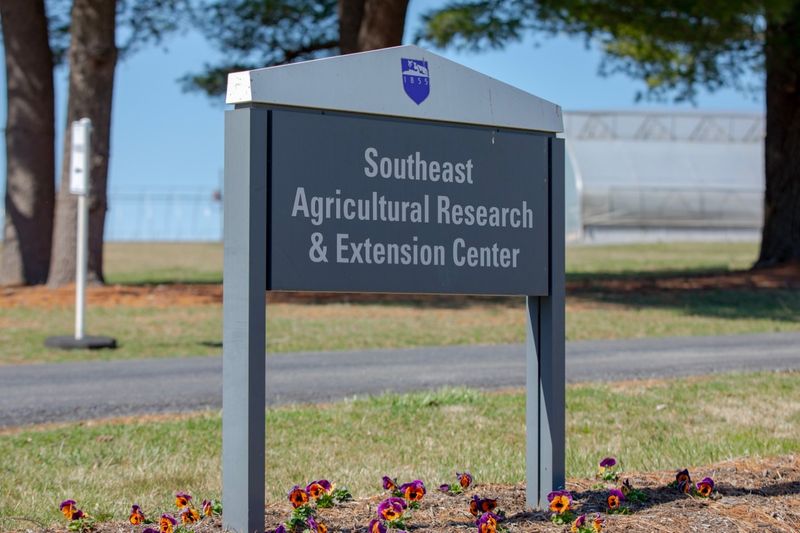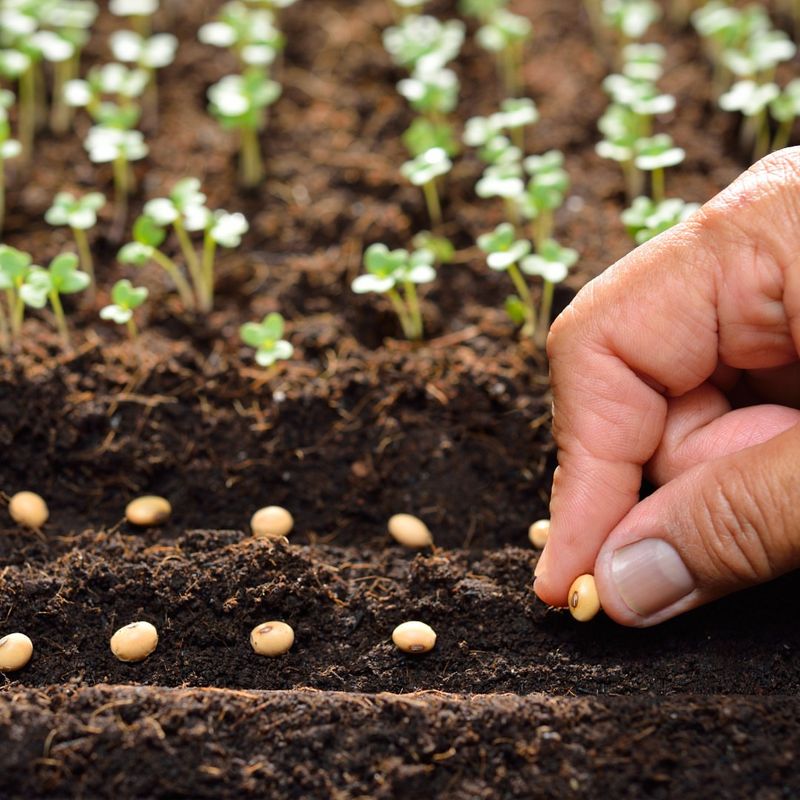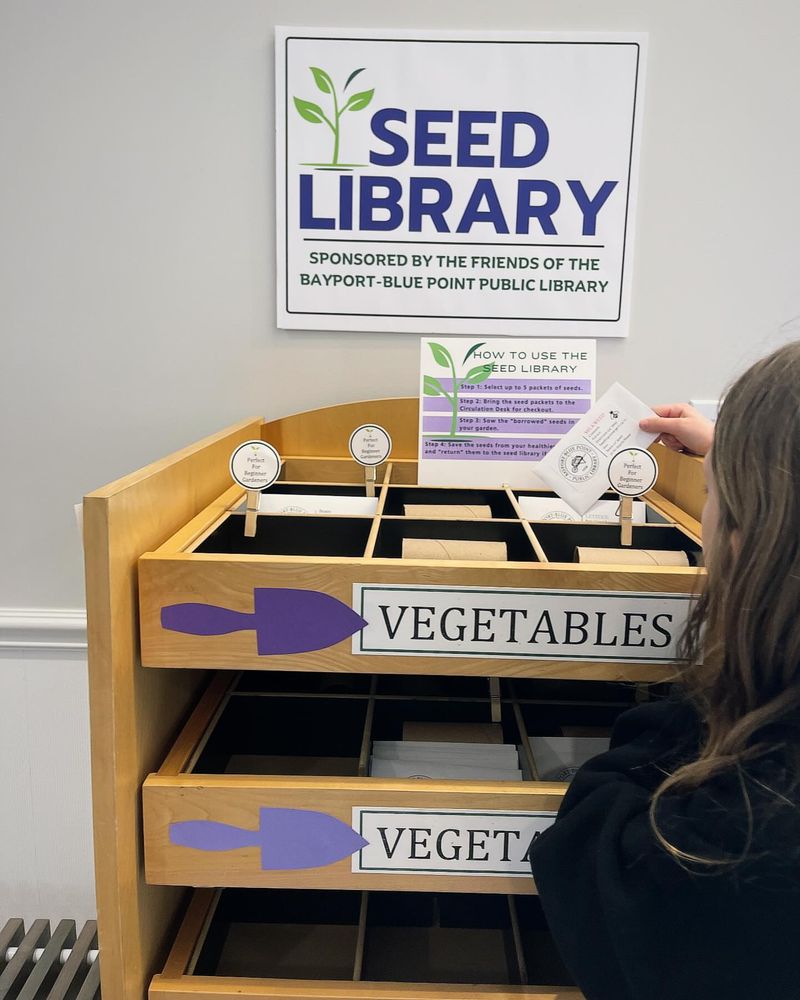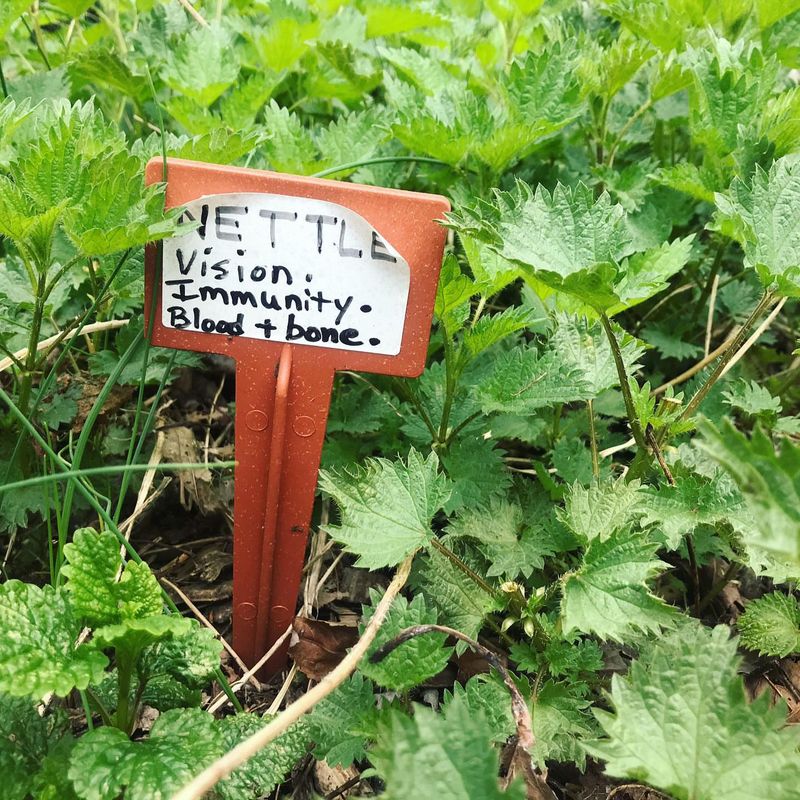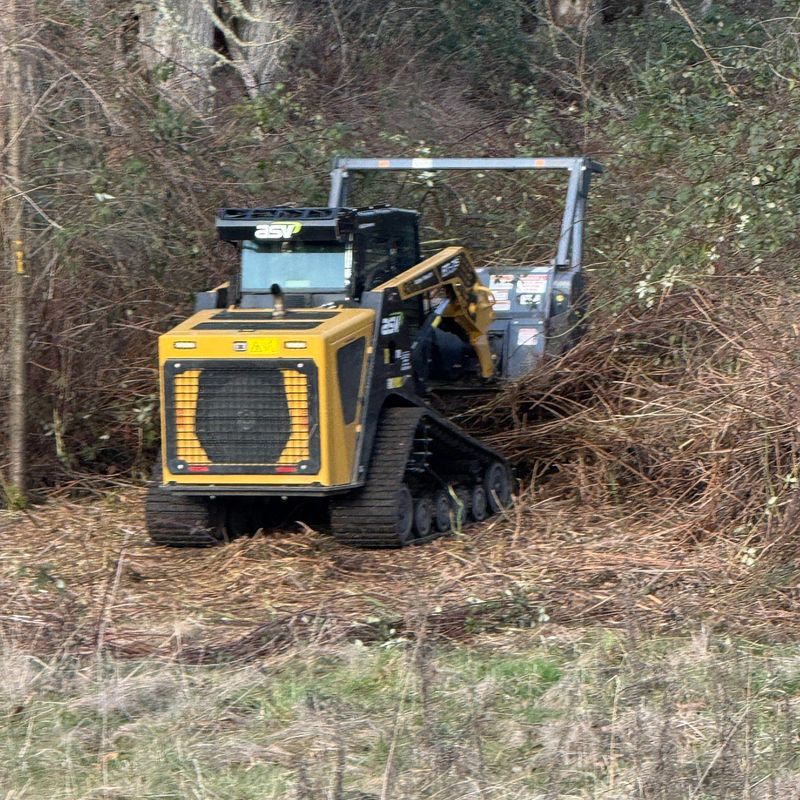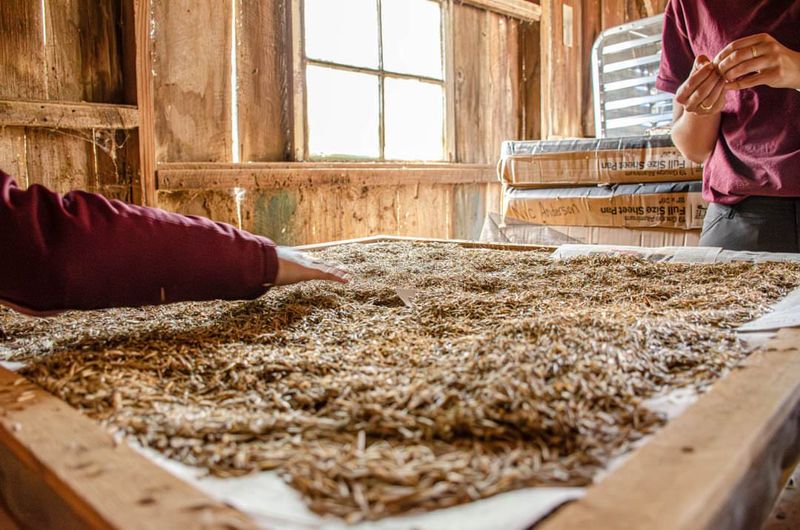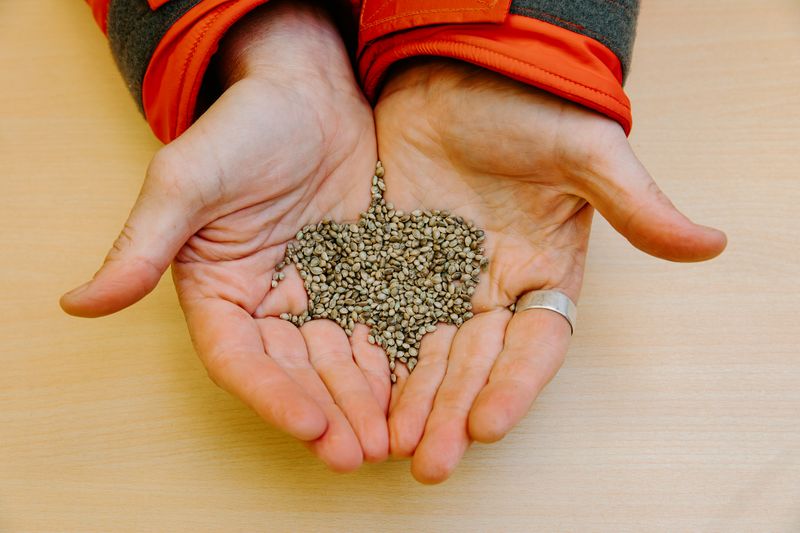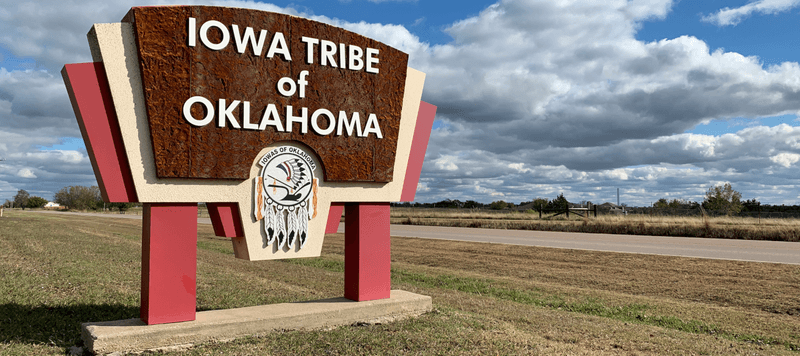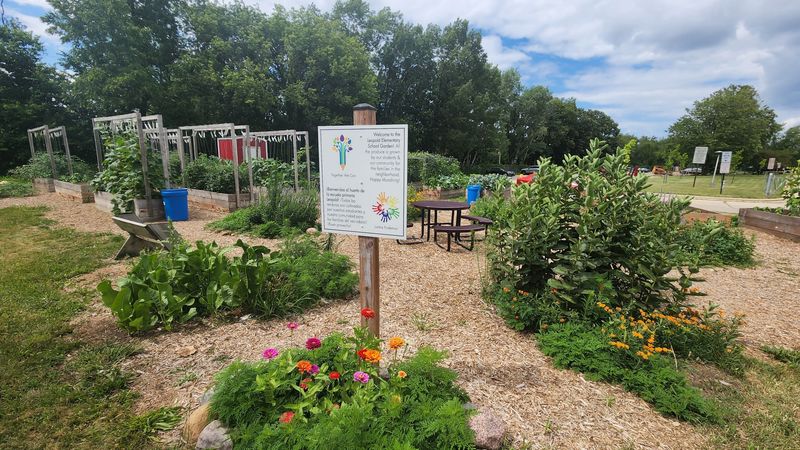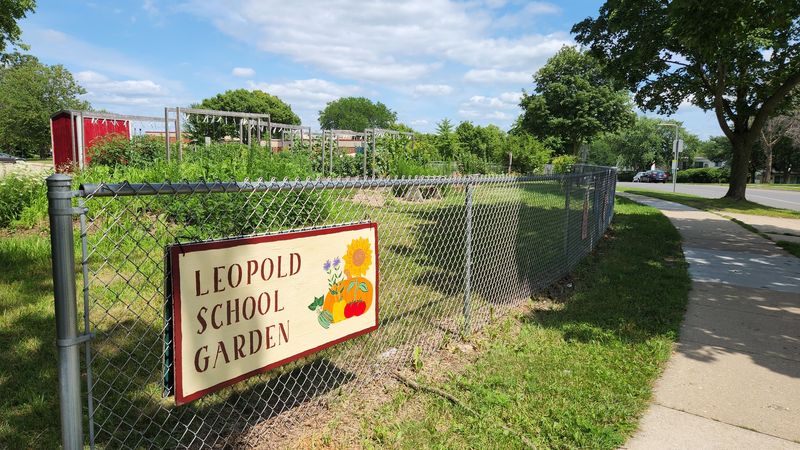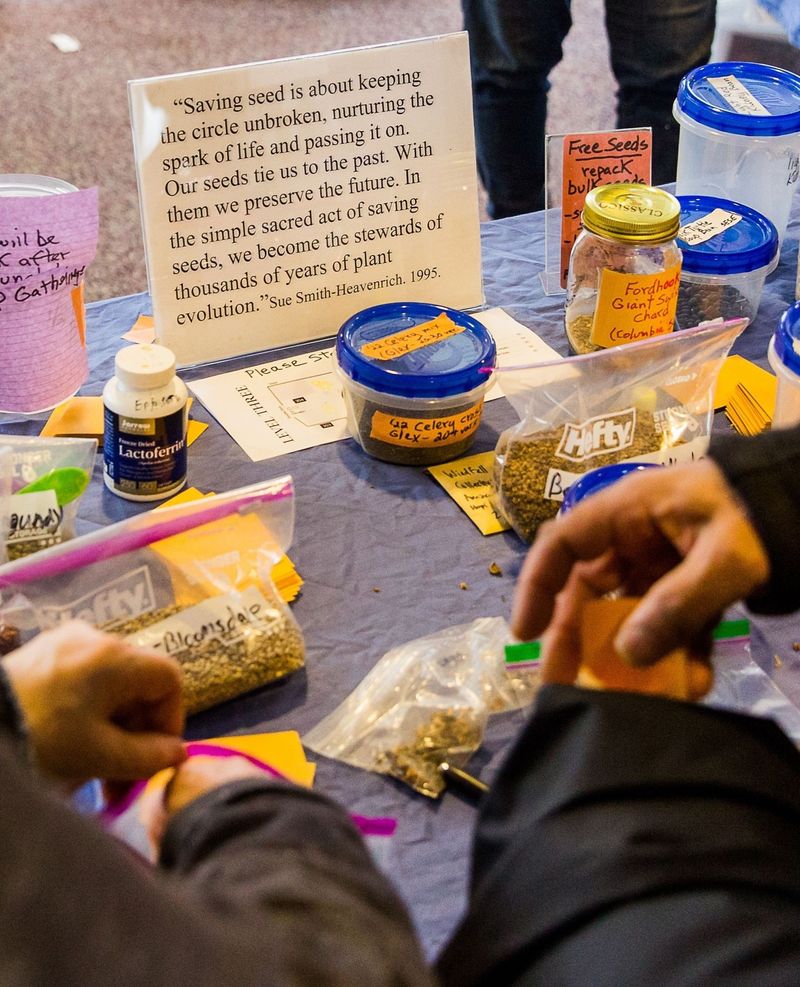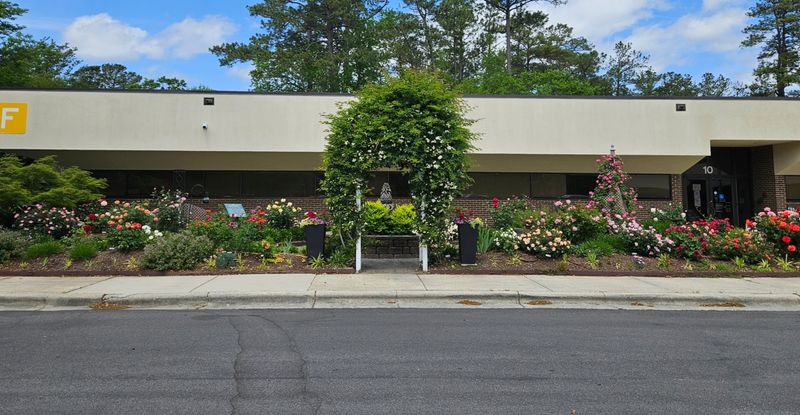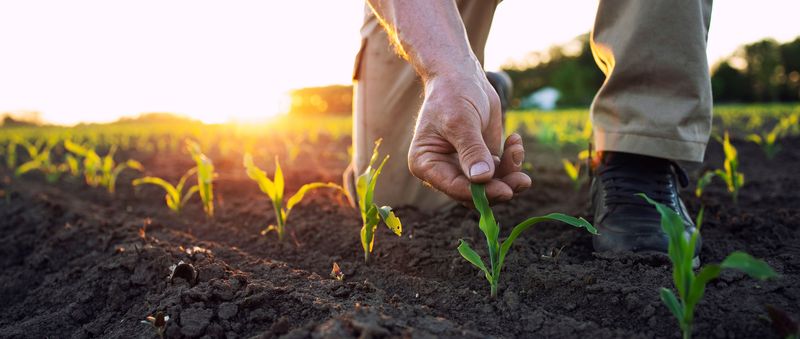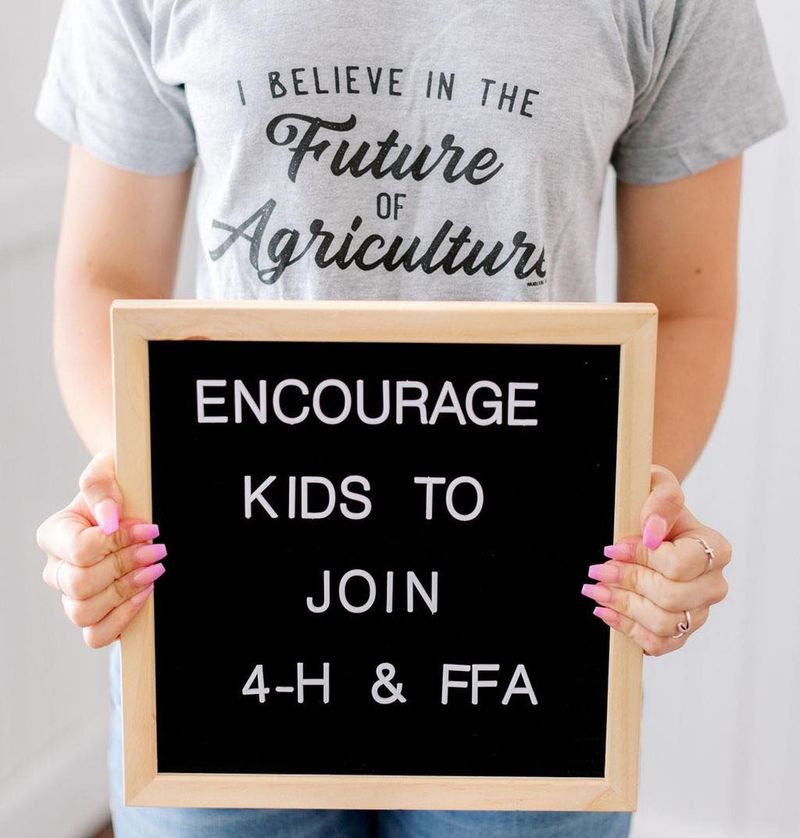Seeds don’t have to cost a dime—if you know where to look. From federal programs to local initiatives, the government is quietly giving away seeds to help communities grow.
These 15 legit sources can kickstart your garden without spending a cent.
1. Request Seeds From The USDA
The United States Department of Agriculture maintains a vast collection of seeds for research and preservation. You can request small quantities directly through their germplasm system by filling out a simple form online.
Most requests are approved for home gardeners interested in growing and preserving plant varieties. The USDA especially encourages people to try heirloom varieties that might otherwise disappear from our gardens.
2. Sign Up For State Agricultural Extension Programs
Many state agricultural offices run seed distribution programs to promote local growing. Contact your state’s extension office through their website or local office to learn what’s available in your area.
They often focus on plants that grow well in your specific climate. Extension programs typically include growing instructions and sometimes even offer follow-up support from master gardeners who can answer questions as your garden grows.
3. Join A Local Master Gardener Program
Master Gardener programs, run by county extension offices, train volunteers in horticulture who then share their knowledge with the community. Participants often receive free seeds as part of their training materials.
The program requires some volunteer hours in return, but you’ll gain valuable gardening skills while helping others. Many Master Gardeners run seed-saving workshops where they freely distribute seeds from their own gardens to participants.
4. Apply Through Seed Libraries Sponsored By Public Libraries
Many public libraries now host seed libraries with government funding. You can “check out” seeds just like books, grow the plants, and return some seeds after harvest to keep the library stocked.
These programs often receive grants from local governments or USDA initiatives. The best part? No late fees if your plants don’t produce seeds! Libraries typically offer workshops on seed saving and basic gardening techniques alongside their seed collections.
5. Participate In Community Garden Initiatives
Government-funded community gardens frequently distribute free seeds to participants. These neighborhood growing spaces receive grants from parks departments, health initiatives, and federal programs focused on food security.
Getting involved usually means you get a plot to grow in plus seeds to start with. Many community gardens host seed swaps in spring where government agencies bring donations of seeds for all participants, making it easy to try growing many different plants.
6. Check With Your Local Conservation District
Conservation districts focus on protecting natural resources and often distribute free native plant seeds. These government organizations work to restore habitats and prevent erosion through planting programs.
Their seed giveaways typically feature wildflowers, grasses, and shrubs native to your region. Many conservation districts hold annual tree and shrub sales where they include free seed packets with purchases, or distribute them separately through environmental education programs.
7. Look Into Native Plant Restoration Programs
Federal and state environmental agencies distribute seeds for native plants to help restore natural habitats. Homeowners can often receive these seeds for free by agreeing to create wildlife-friendly areas on their property.
The Fish and Wildlife Service and Forest Service both offer such programs in many regions. Creating pollinator gardens with these free native seeds helps support local ecosystems while giving you beautiful, low-maintenance plants that attract butterflies and birds to your yard.
8. Request From The USDA National Plant Germplasm System
The NPGS maintains one of the world’s largest collections of plant genetic material. Home gardeners can request small samples of seeds from their vast catalog for personal growing and preservation efforts.
While primarily designed for researchers, the system welcomes requests from citizens interested in biodiversity. You’ll need to create an account on their GRIN-Global website and browse thousands of varieties before selecting what interests you most.
9. Access Tribal Or Indigenous Agricultural Programs
Many Native American tribes receive government funding to preserve traditional crop varieties. These programs often share seeds with both tribal members and interested gardeners from the general public.
The seeds distributed include ancient varieties of corn, beans, and squash with cultural significance. Some tribal programs receive support through the USDA’s Indigenous Food Sovereignty Initiative, allowing them to share their agricultural heritage while ensuring these important plant varieties continue to thrive.
10. Join State-Sponsored School Garden Programs
Schools nationwide receive government grants for garden programs, and parents or community volunteers can often access free seeds through these initiatives. These educational gardens teach kids about food production while providing fresh produce.
Even if you don’t have children in school, many welcome community members who help maintain the gardens. The USDA’s Farm to School program and similar state initiatives provide funding, curriculum materials, and seeds to thousands of schools, creating learning opportunities that extend beyond the classroom.
11. Enroll In SNAP-Ed Gardening Projects
The Supplemental Nutrition Assistance Program’s education component (SNAP-Ed) runs gardening initiatives to help families grow fresh food. Participants receive seeds, basic supplies, and training to start their own gardens.
These programs focus on nutritious vegetables that are easy to grow and prepare. Many SNAP-Ed programs include cooking classes alongside gardening instruction, showing participants how to use their harvest to create healthy, budget-friendly meals that stretch food dollars while improving nutrition.
12. Attend Government-Sponsored Gardening Workshops
Federal, state, and local agencies regularly host gardening workshops where free seeds are distributed to attendees. These educational events teach growing techniques while providing materials to get started immediately.
Look for announcements from parks departments, extension offices, or public health initiatives. Many workshops focus on specific themes like vegetable gardening, pollinator support, or drought-resistant landscaping, allowing you to choose topics that match your interests while collecting different types of seeds throughout the year.
13. Connect With Your County Cooperative Extension Office
County extension offices serve as local branches of land-grant universities, offering agricultural resources directly to residents. Many run seed distribution programs to promote home gardening and food security in their communities.
These offices often receive federal funding specifically for seed programs. Beyond just providing seeds, extension agents can offer soil testing services, pest management advice, and planting calendars tailored to your specific growing conditions, making them valuable partners in your gardening journey.
14. Join Military Veteran Farming Programs
Several government initiatives support veterans entering agriculture, including programs that provide free seeds and training. The USDA’s Armed to Farm program and similar state-level efforts help veterans transition to agricultural careers.
Even small-scale or backyard growing projects can qualify for support. These programs recognize the therapeutic benefits of gardening for veterans while promoting sustainable food production. Many include mentorship components that pair new gardeners with experienced farmers who provide ongoing guidance and support.
15. Apply Through Local 4-H Or FFA Agricultural Programs
Youth agricultural organizations like 4-H and Future Farmers of America receive government funding and often distribute seeds to members and community supporters. These programs aim to teach agricultural skills to young people but frequently extend resources to adult volunteers.
Parents, mentors, and community members can access seeds through these channels. Many 4-H clubs run community garden projects where they share seeds with anyone willing to help young members learn about growing food, creating intergenerational learning opportunities that benefit entire communities.

